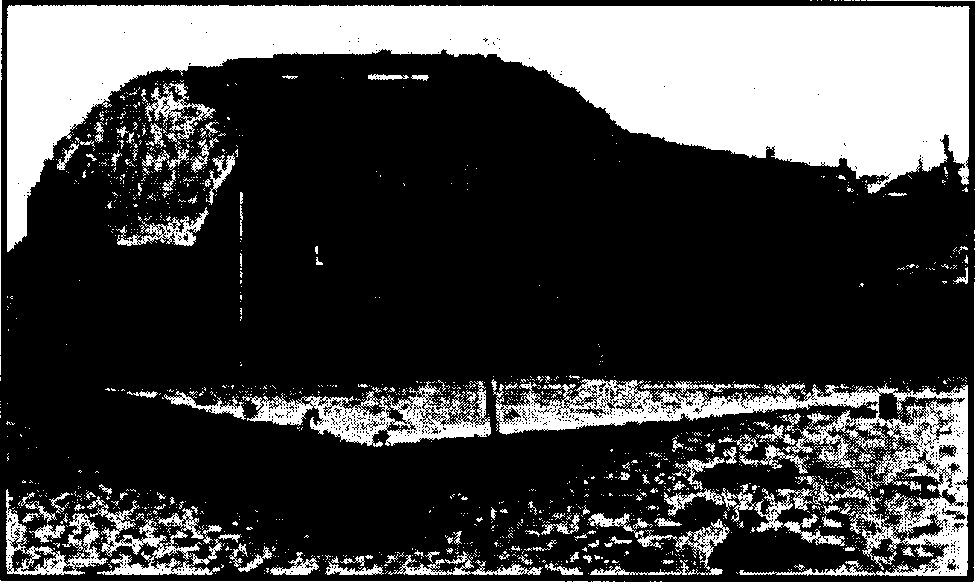Utah Beach
"Utah" was the code name for the farthest beach on the right of the five landing areas of the Normandy Invasion. Located on the eastern shore of the base of the Cotentin Peninsula, it was a late addition to the areas scheduled for invasion. The original Overlord plan did not call for a landing on the Cotentin, but General Dwight D. Eisenhower, supreme commander of the Allied Expeditionary Forces, added it to ensure an early capture of the port of
Cherbourg at the northern tip of the
peninsula.
The Utah landing area was approximately three miles (5 kilometres) wide and was located northwest of the Carentan estuary on sandy, duned beaches. Compared to German fortifications at Omaha Beach the defences at Utah, based on fixed infantry positions, were sparse because the low-lying areas immediately behind the landing area were flooded and the Germans could
control the flooding with locks. Four causeways exited the beach through the flooded lowlands and severely restricted movement inland. Indeed, all land traffic was ;estricted to established routes, especially through the important crossroads towns of Carentan and Sainte Mere-Eglise. Defences along the causeways consisted mostly of strong points equipped with automatic weapons. Two miles inland were some coastal and field artillery batteries. The defending forces consisted of elements of the German 709th, 243rd, and 91st Infantry Divisions.
The assault sectors at Utah Beach were designated (from west to east) Tare Green, Uncle Red, and Victor. The invasion was planned for Tare Green and Uncle Red, with the number 3 causeway almost in the middle of the landing area. H-Hour was scheduled for 0630 hours. The beach was to be assaulted by the U.S. 4th Infantry Division. The plan was to cross the beach and seize control of the coast roads, link up with airborne troops who were to have been dropped inland five hours earlier, and then be prepared to attack toward Cherbourg. The 8th Infantry Regiment was to attack first; supported by 32 special amphibious tanks in the first wave, it was to land opposite Les-Dunes-de-Varraville, a well-fortified area.
An 88-millimetre gun points seaward from a casemate at Les-Dunes-de-Varraville, Utah Beach
U.S. Signal Corps/National Archives
